The kitchen is quite often the busiest area in a home. Considering the amount of traffic it sees on a daily basis, keeping the space under control can be a handful. However, there’s nothing that a few organization strategies can’t do to bring order to the kitchen. Neat and tidy cabinetry can effectively turn hectic mornings into a breezy start to your day. Gone will be the days when you have to dig through a chaotically stuffed drawer to find the coffee filters or a can opener. With a few helpful tips and solutions, organizing your kitchen cabinets and drawers can be a rather easy and straightforward task — not to mention rewarding.
1. Declutter and Clean
What’s the point of even bothering to organize your kitchen cabinets and drawers if they’re full of unwanted or useless items? Before sorting out your kitchenware and trying to make everything look nice and tidy, your first course of action should be to declutter the storage units. You may even be surprised by all the forgotten stuff you have deep within your cupboards. Also, your storage spaces will normally be easier to organize with fewer items to sort.
Start by throwing out any expired herbs and spices in the pantry. You may also want to get rid of defective appliances that are taking up much-needed space. Consider emptying the storage units to the last utensil and disposing of any broken kitchen gadgets, worn-out oven mitts, and anything else that may not serve a purpose anymore. With the cabinets and drawers empties out, take the opportunity to wipe the spaces clean. Vacuum up loose debris such as crumbs, and scrub off any stains with a damp cloth.
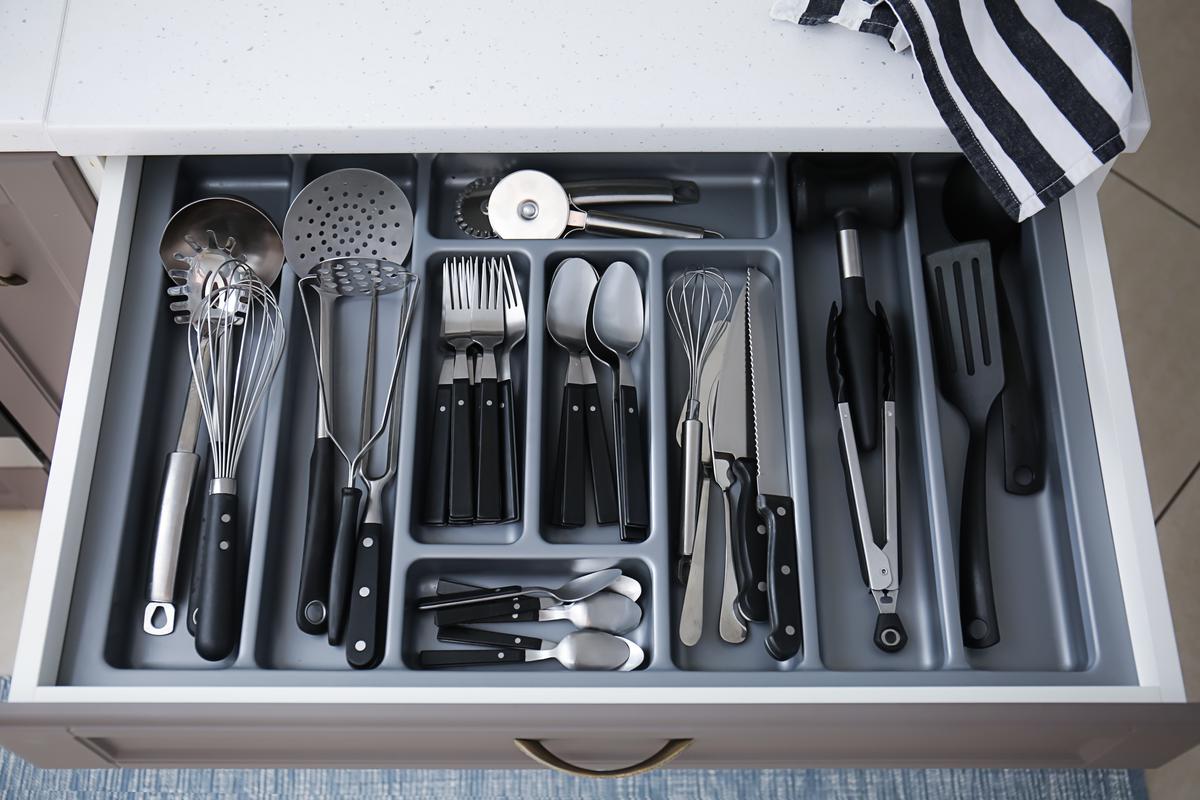
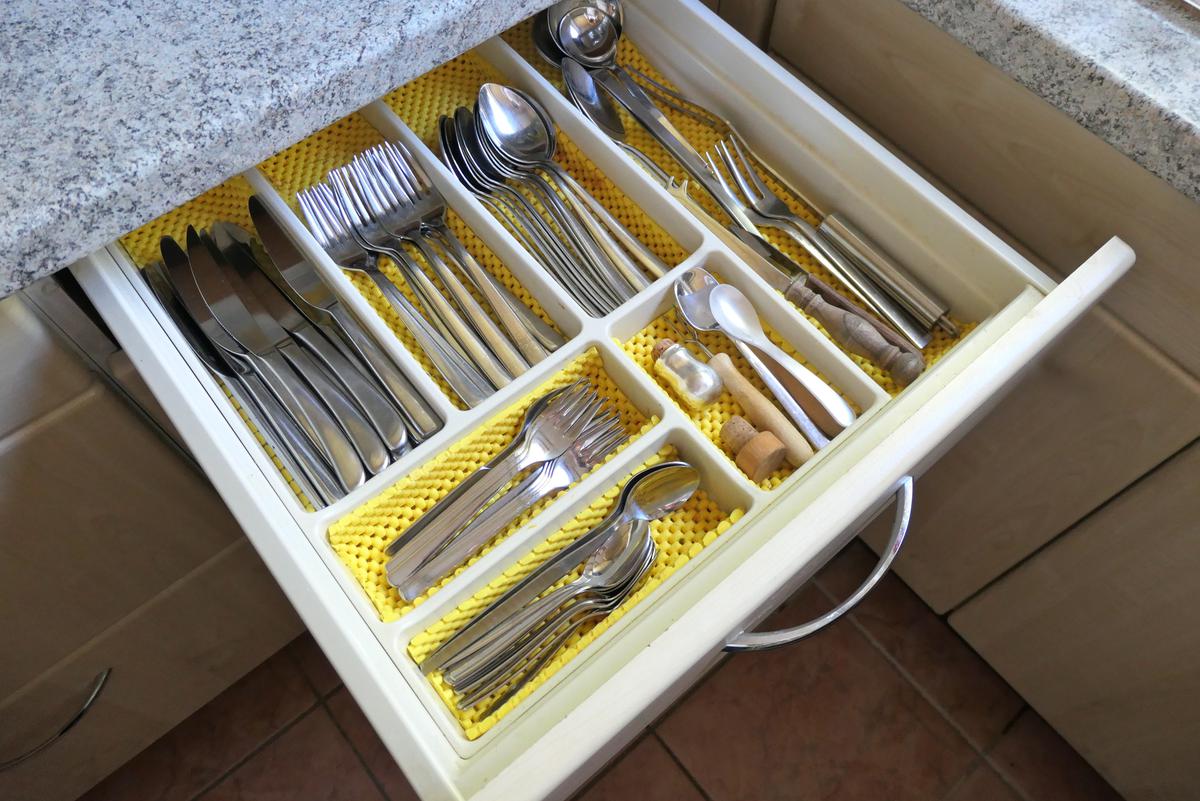
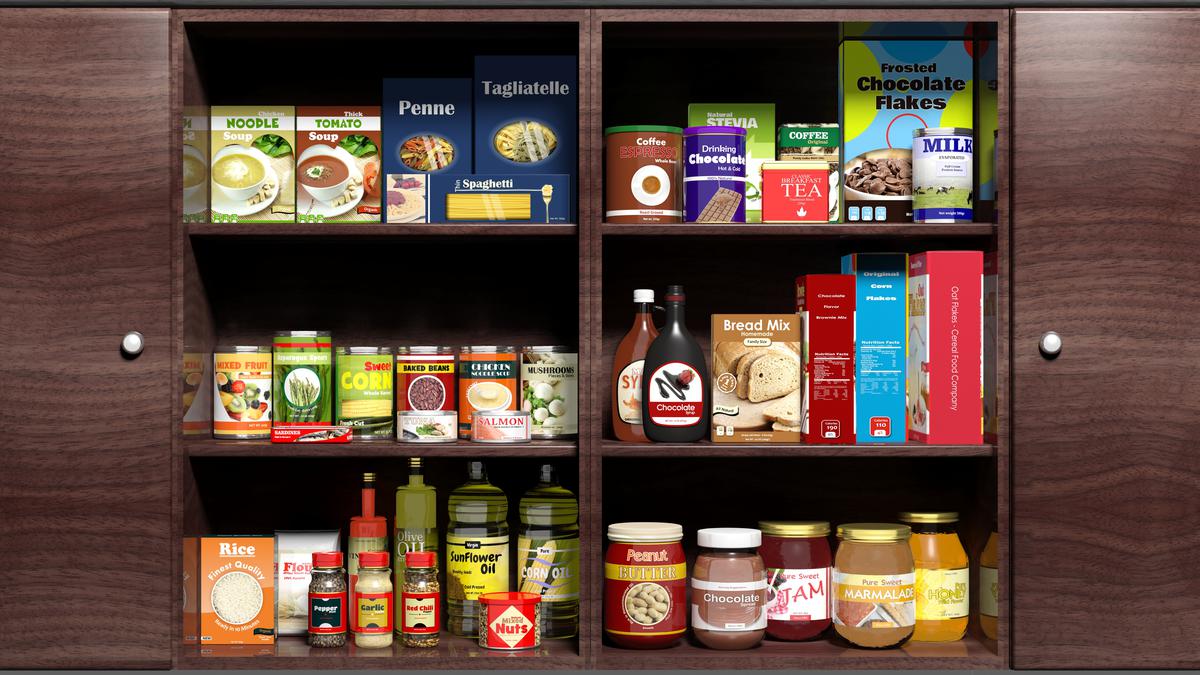
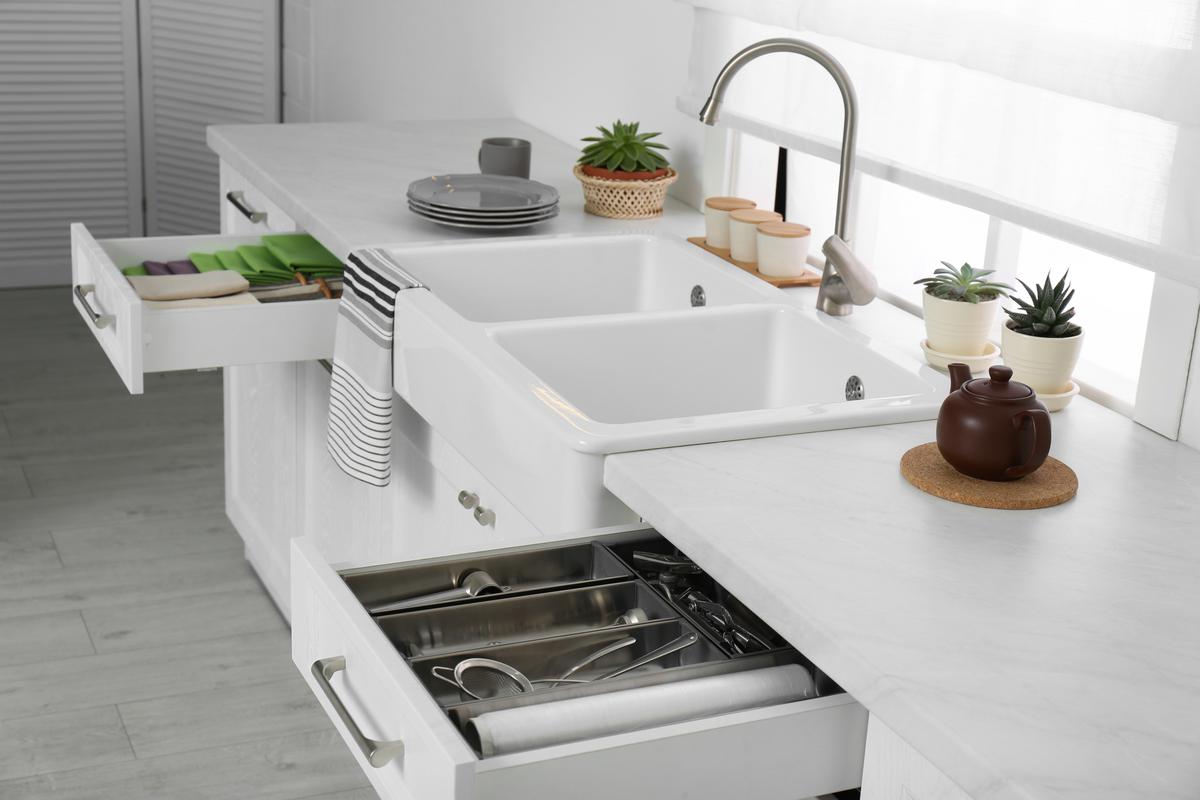
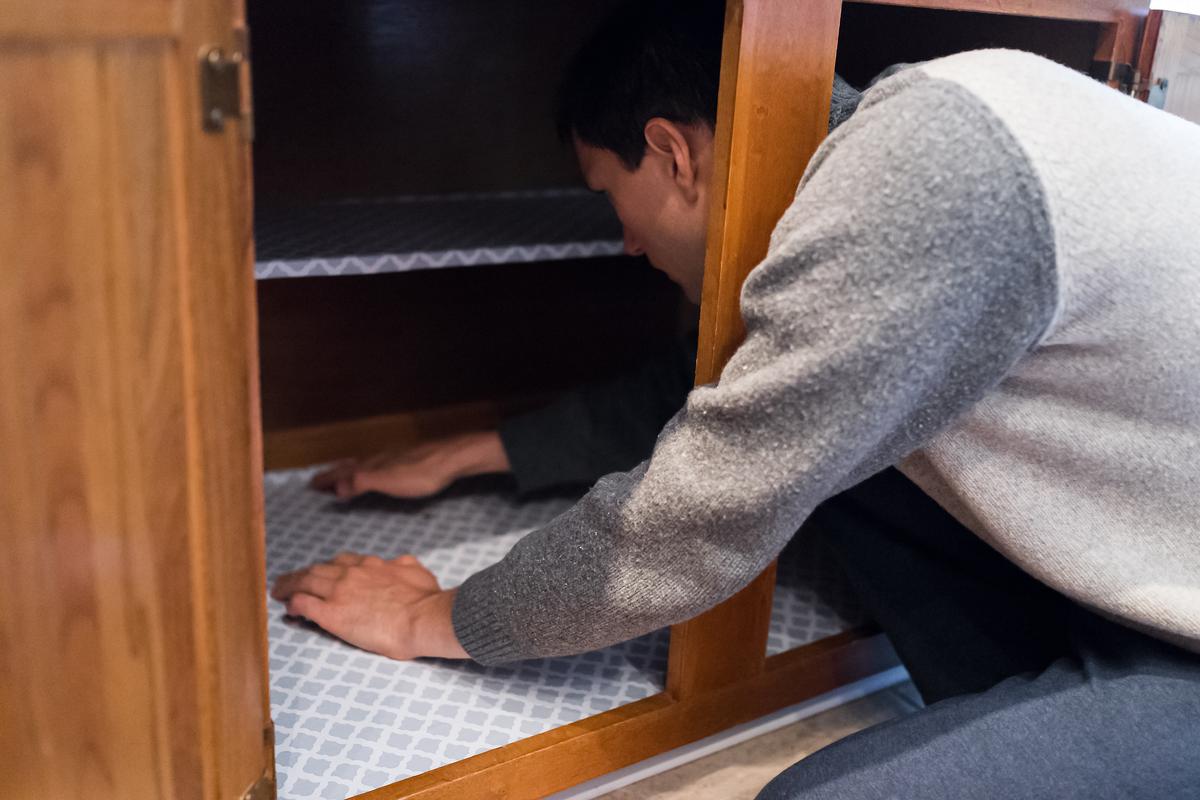
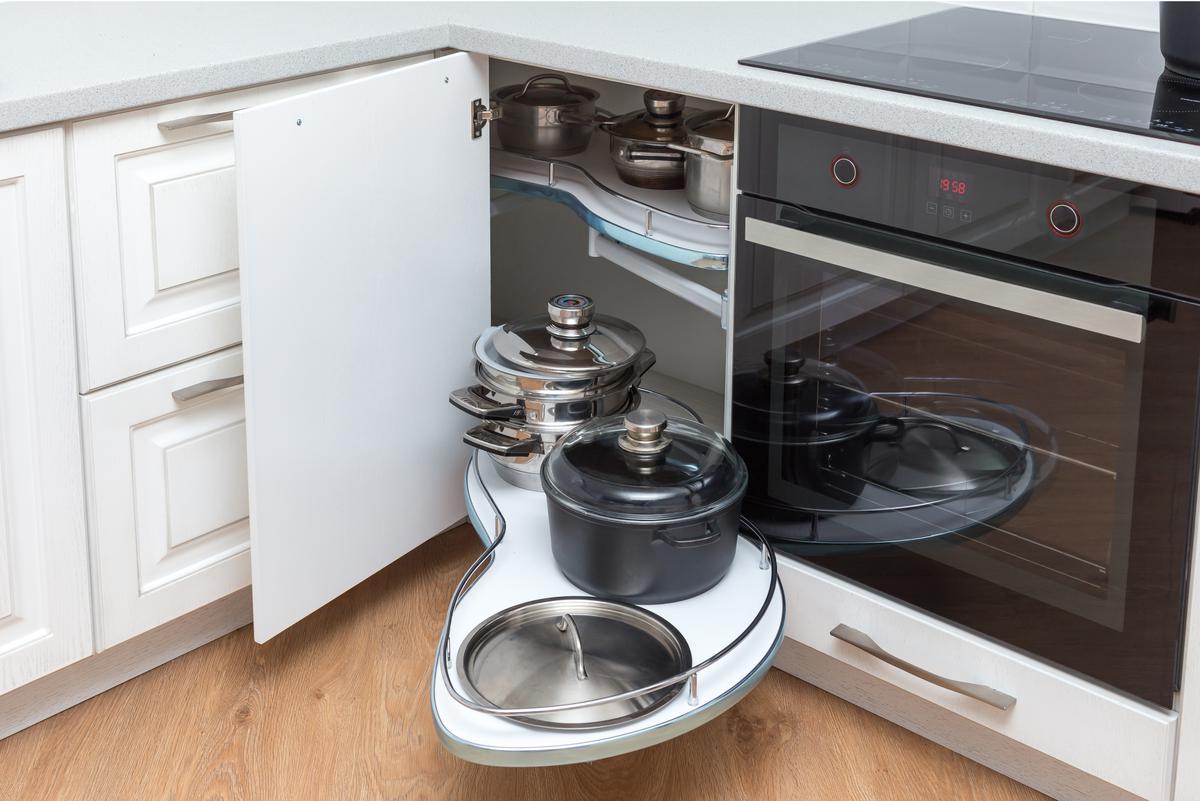
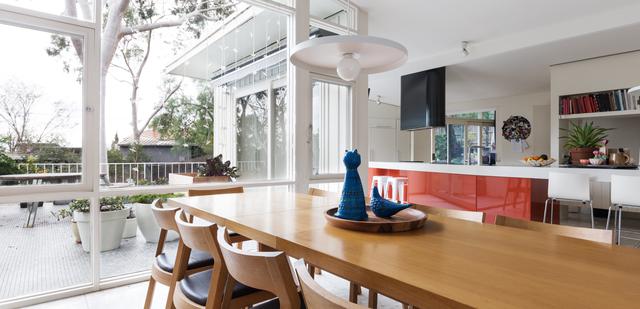
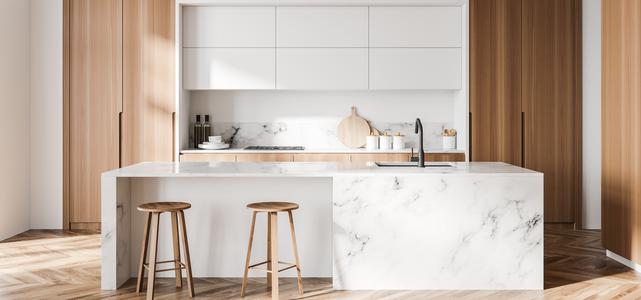
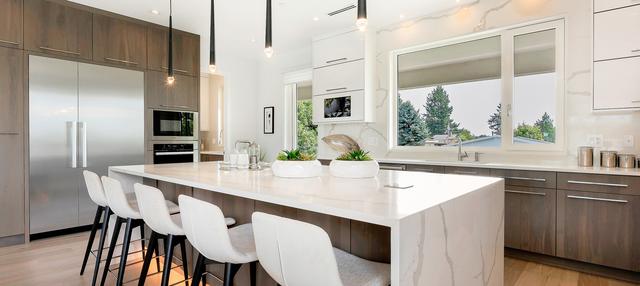
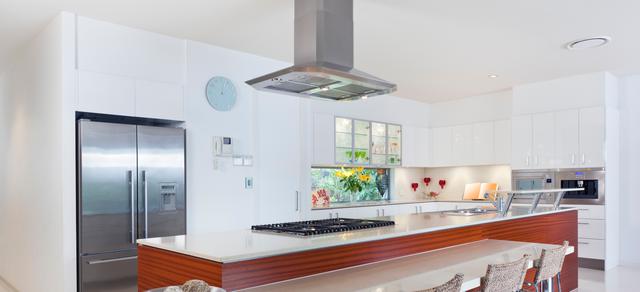
comments